
Spring is an exciting time of year! For children, spring is associated with bunnies, ducks, and egg hunts! The challenge is that egg hunts are often associated with Easter, a Christian holiday. I’m sharing how I incorporate egg hunts in my classroom and how to frame it in a way that focuses solely on music learning.
Prepping the Learning
One of my favorite chants to use in the spring is The Little Red Hen. Kaye Umansky adapted the story in her book, The Three Singing Pigs, to include a rhythmic refrain that repeats throughout the story. I begin by introducing my Little Red Hen puppet, who proceeds to chant the Umansky version to my students. I teach the students the refrain and their job is chant it each time it happens. We also learn that chants, stories, and poems all have an underlying beat. We discover the beat of the story and keep that beat on our lap throughout the entire story.
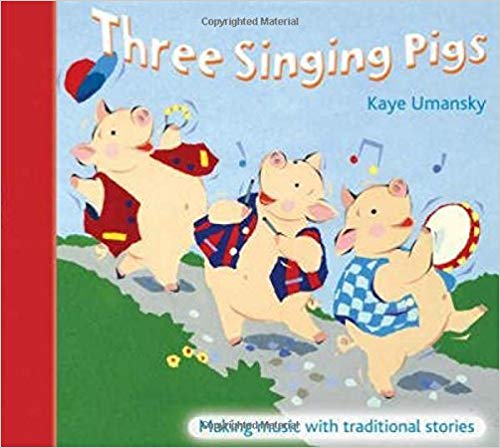
A class or two in, the Little Red Hen’s basket appears with eggs in it. She roosts there each class and eggs are added each class. Students begin notice right away that she seems to “laying eggs” in the music class. We continue to chant her story each class. I often times introduce the idea of the egg hunt digitally, using a resource I developed for my students. You can find it on TeachersPayTeachers here. It comes with four different levels of rhythm patterns to accommodate the rhythmic reading level of the students in your classroom.
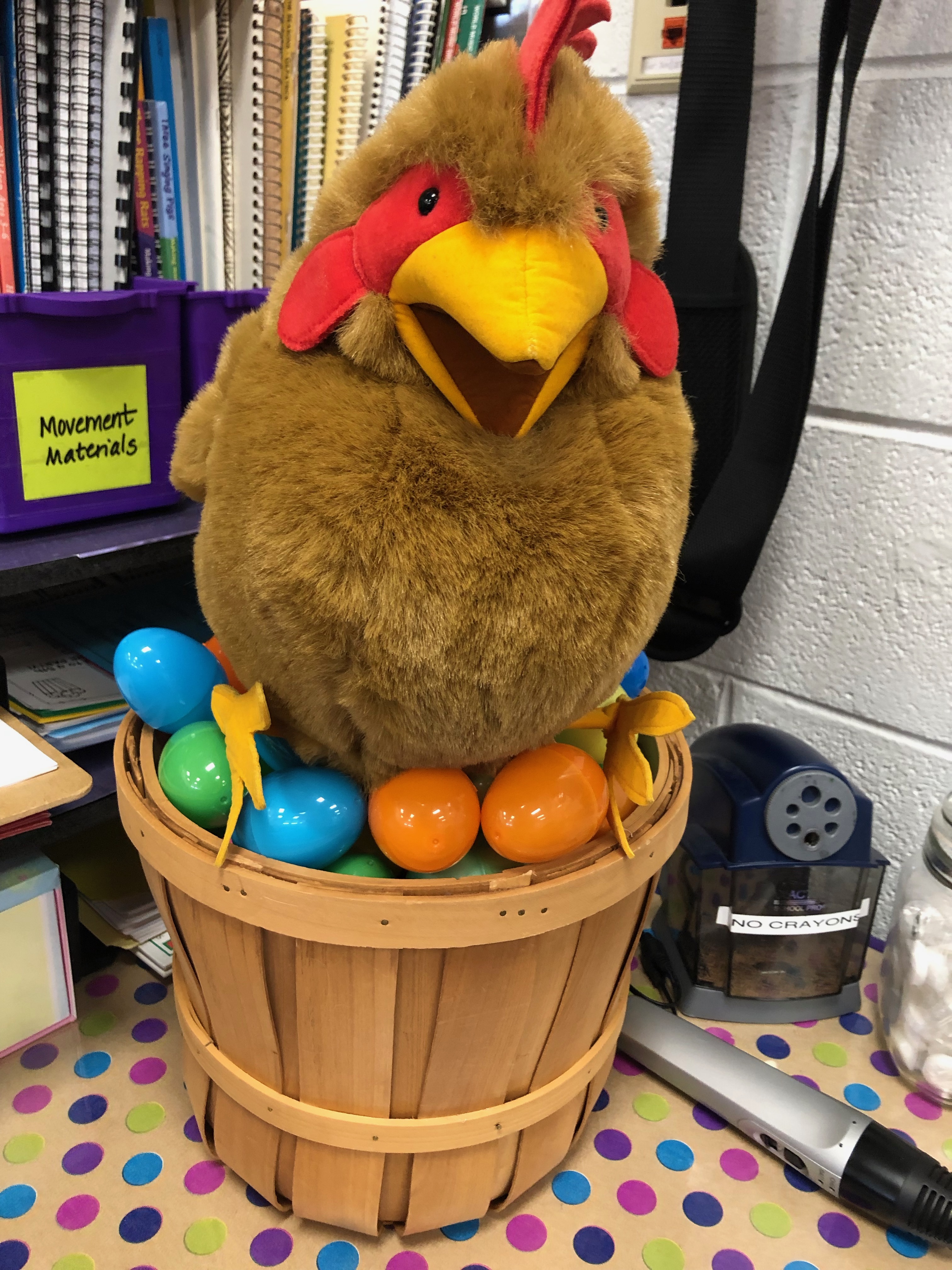
Prepping the Eggs
Before our egg hunt, I make sure each egg has a rhythm pattern in it. I have a free sheet of Rhythm Egg Inserts you may download from my Teachers Lounge. If I am doing the egg hunt in first grade, then I ask the class before them to “hide” the eggs for me at their class. Most likely, they did the egg hunt at the same age, and take great joy in hiding the eggs for my students. My rule for the egg hunt is that the eggs must be hidden in plain site. (Not inside instruments, drawers, etc.)
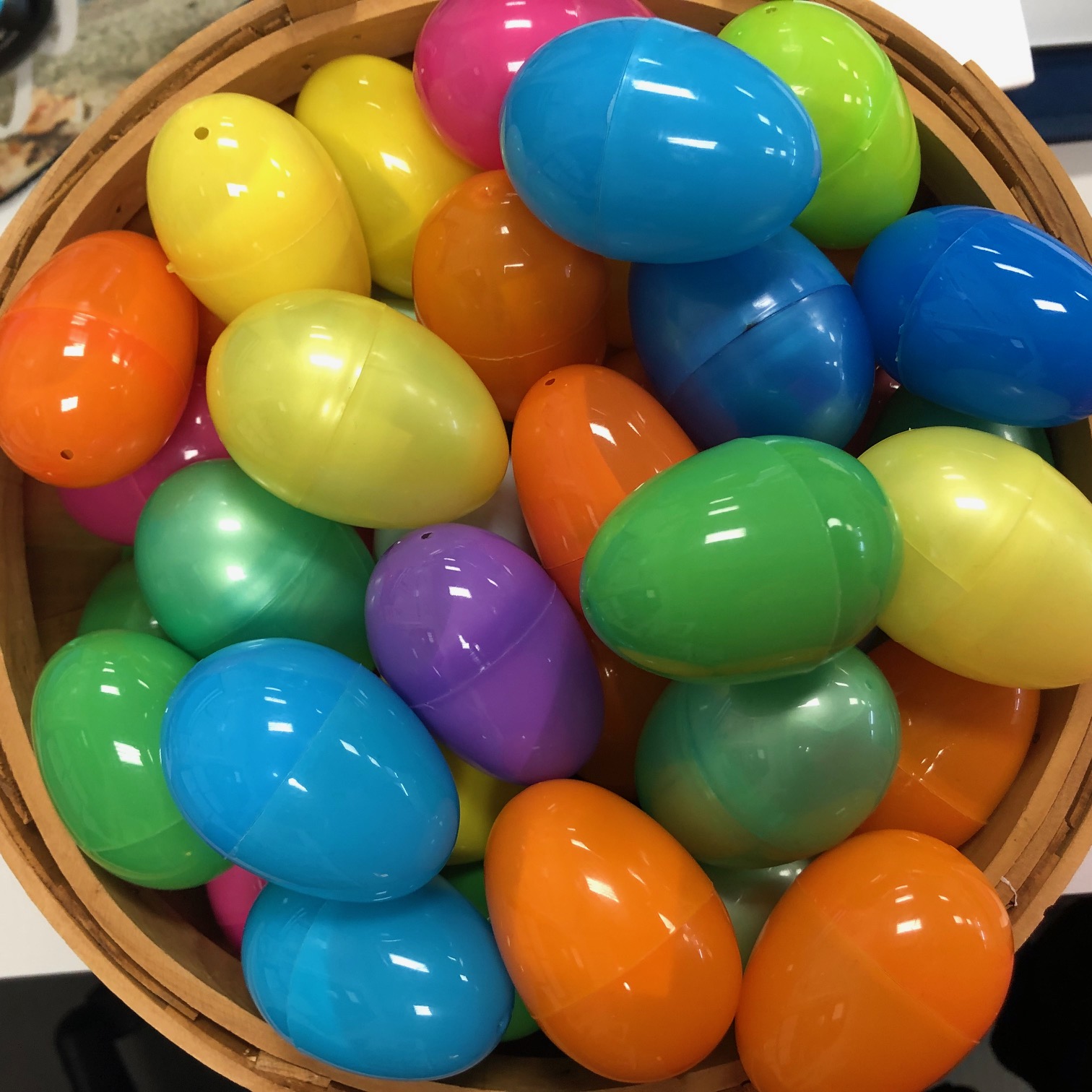
The Egg Hunt
As my first graders enter the room, I ask them to go their seats for instructions. I share that each child may find 3 eggs (the amount will vary depending on how many eggs you have as well as how many students you have). I share that if they find more than 3, they must leave the eggs alone, but they can help a friend who is struggling to find 3 eggs where to find another one. Once the students have found their eggs, they go back to their seat and open the eggs. Students take the rhythms out of the eggs and practice reading them with a friend. If they can read all three, then they may trade rhythms with their friend and read those. Students who finish quickly are encouraged to help a friend to decode the rhythm pattern or read theirs and improvise a new one.
At the end of the activity, students put the rhythms back into the eggs, and return the eggs to the basket. Often, my students ask for to take their rhythm patterns home. I prepare a separate page for students to take home with all of the patterns included in the eggs, so that they can share their musical reading skills with their parents.
Still not sure you can use eggs? Try a substitute! I’ve used these plastic jelly beans as a substitute at times with classes as well! Not working on rhythmic content right now? Try tonal patterns, music vocabulary, or instrument families! There are so many ways to engage students in learning with a simple egg hunt!




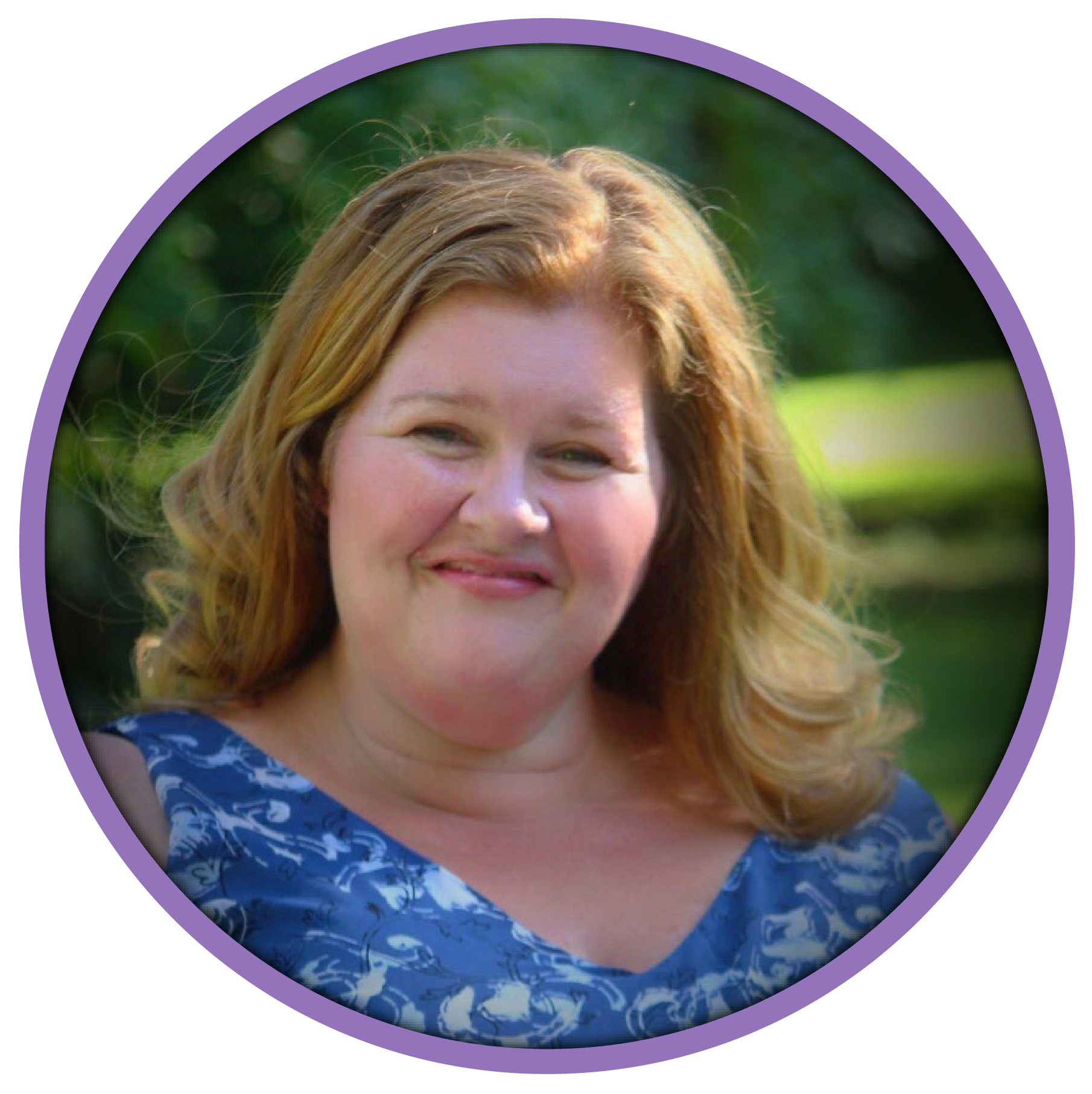
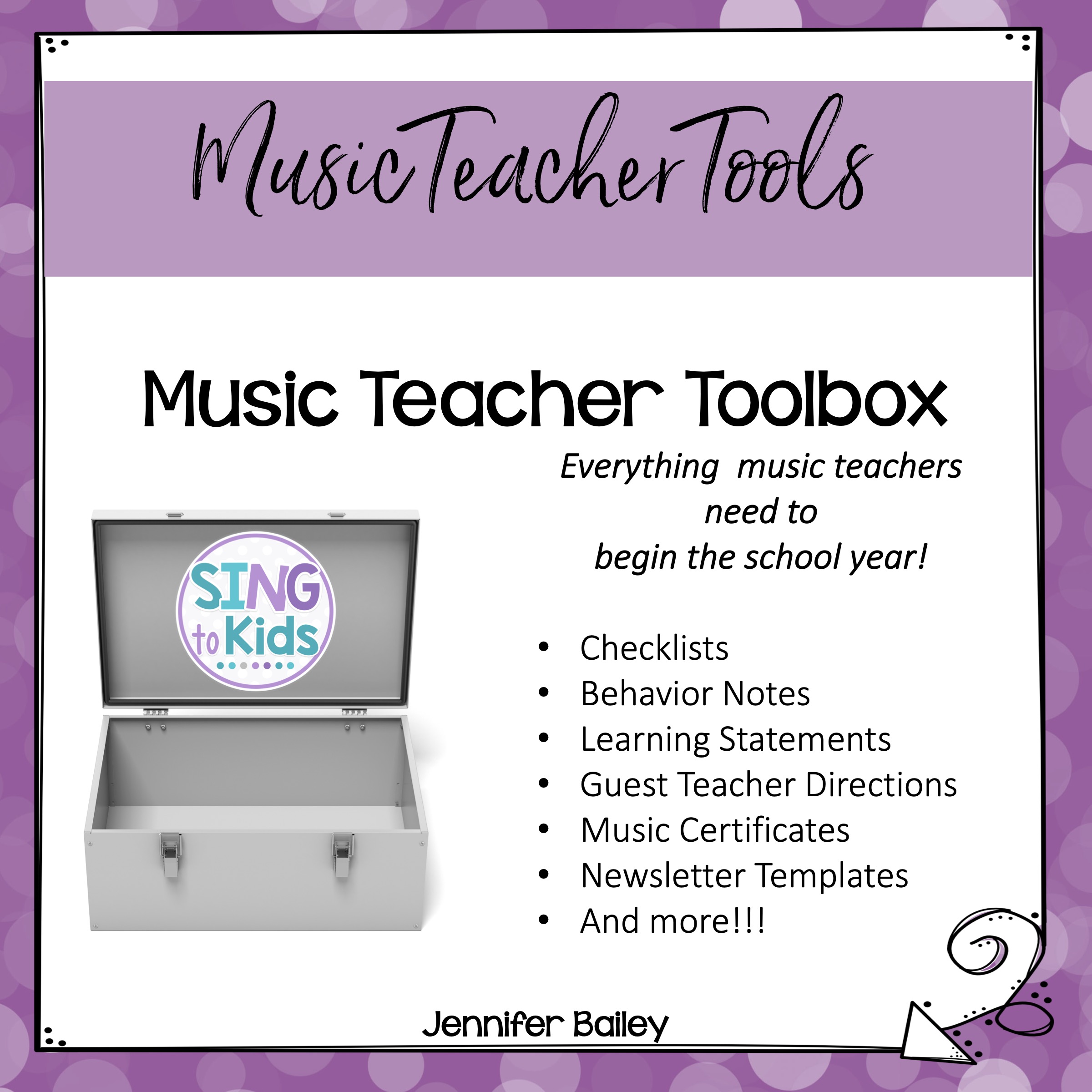

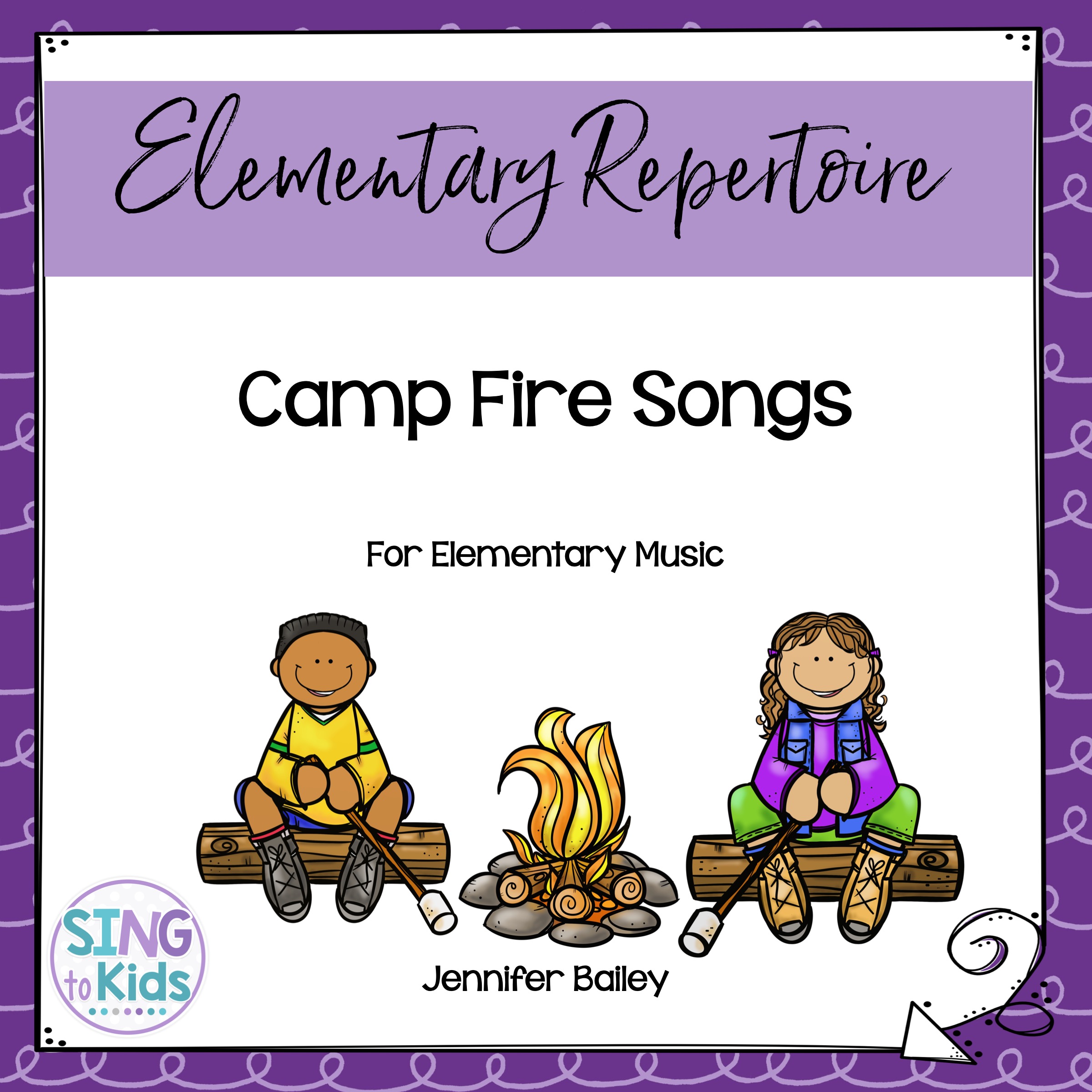
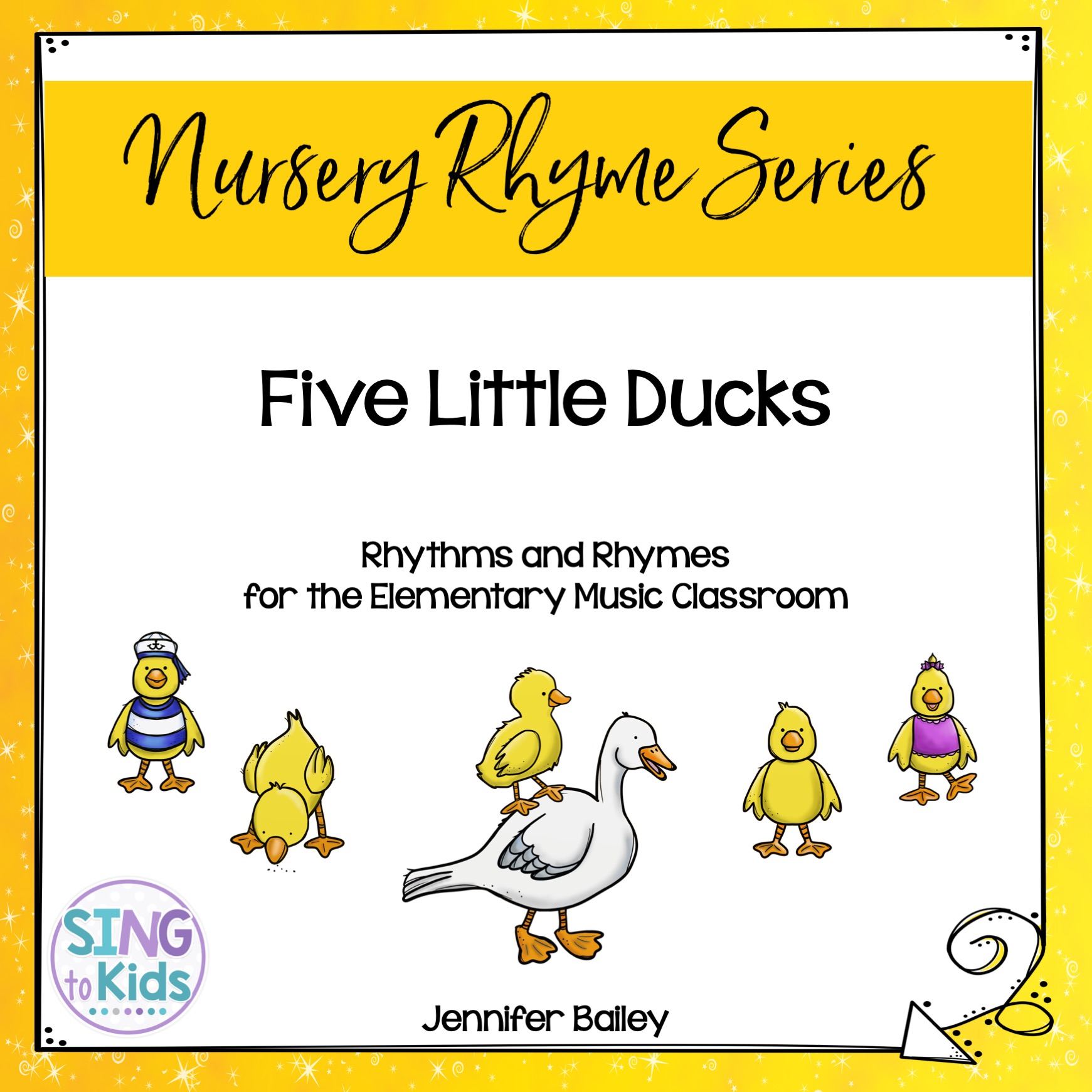
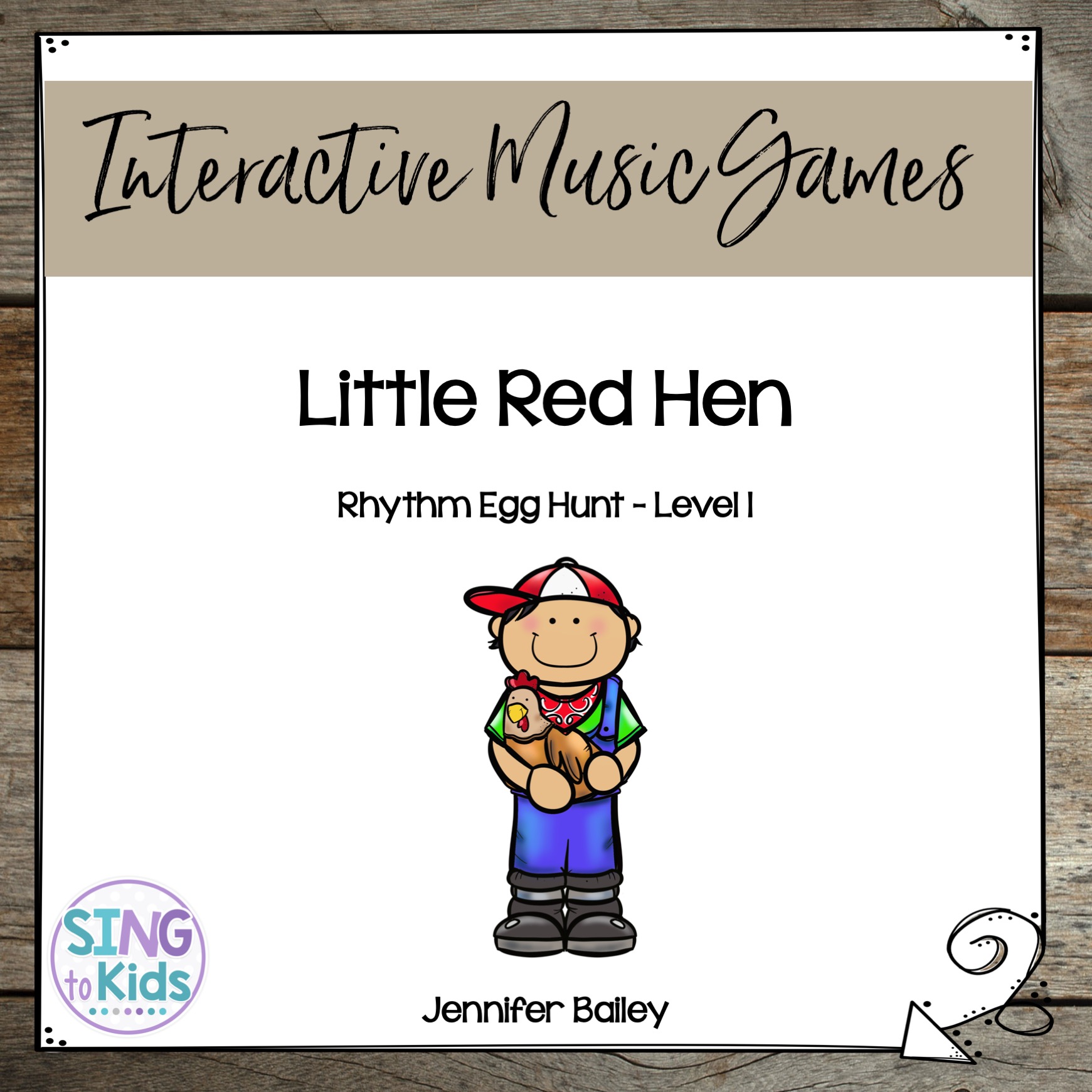
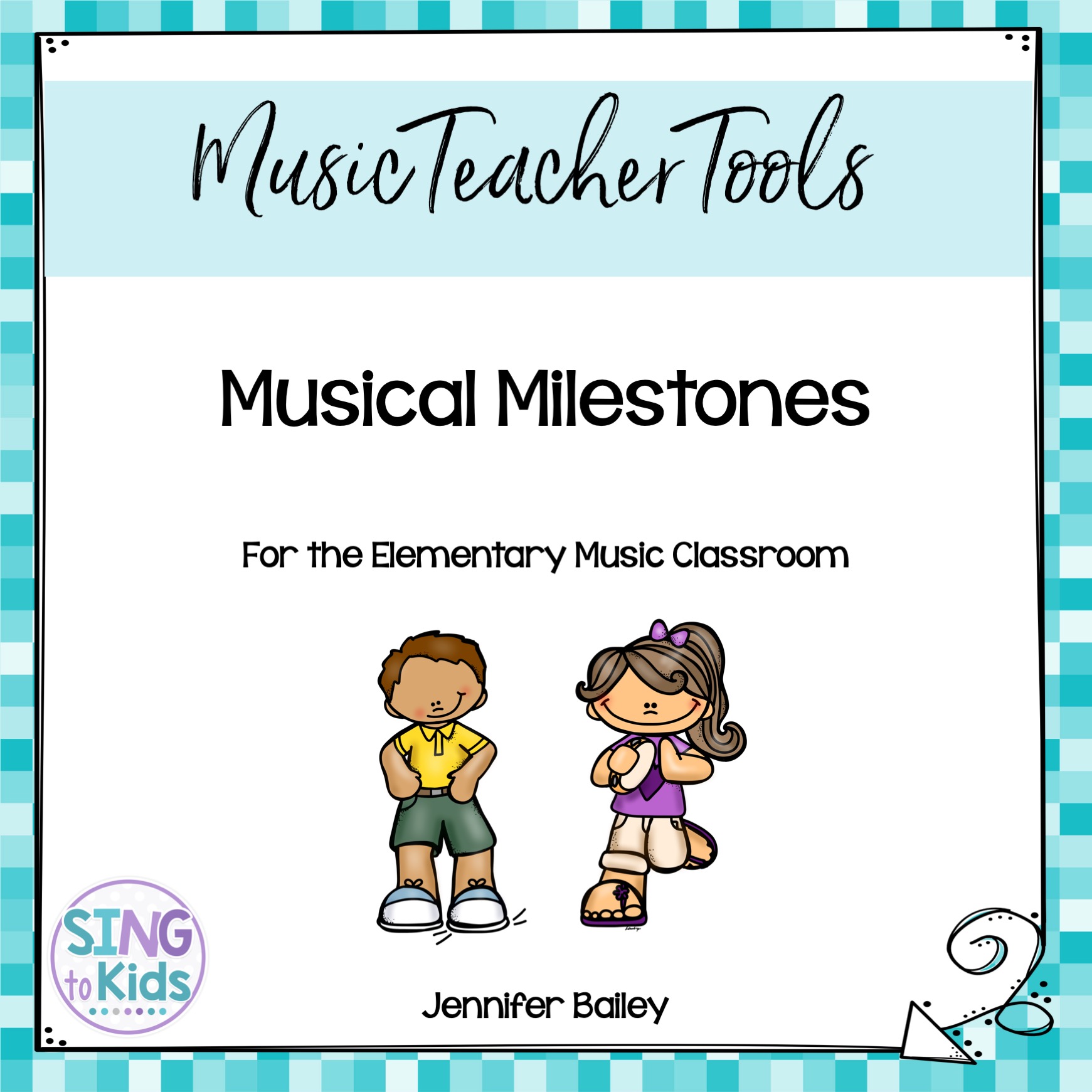
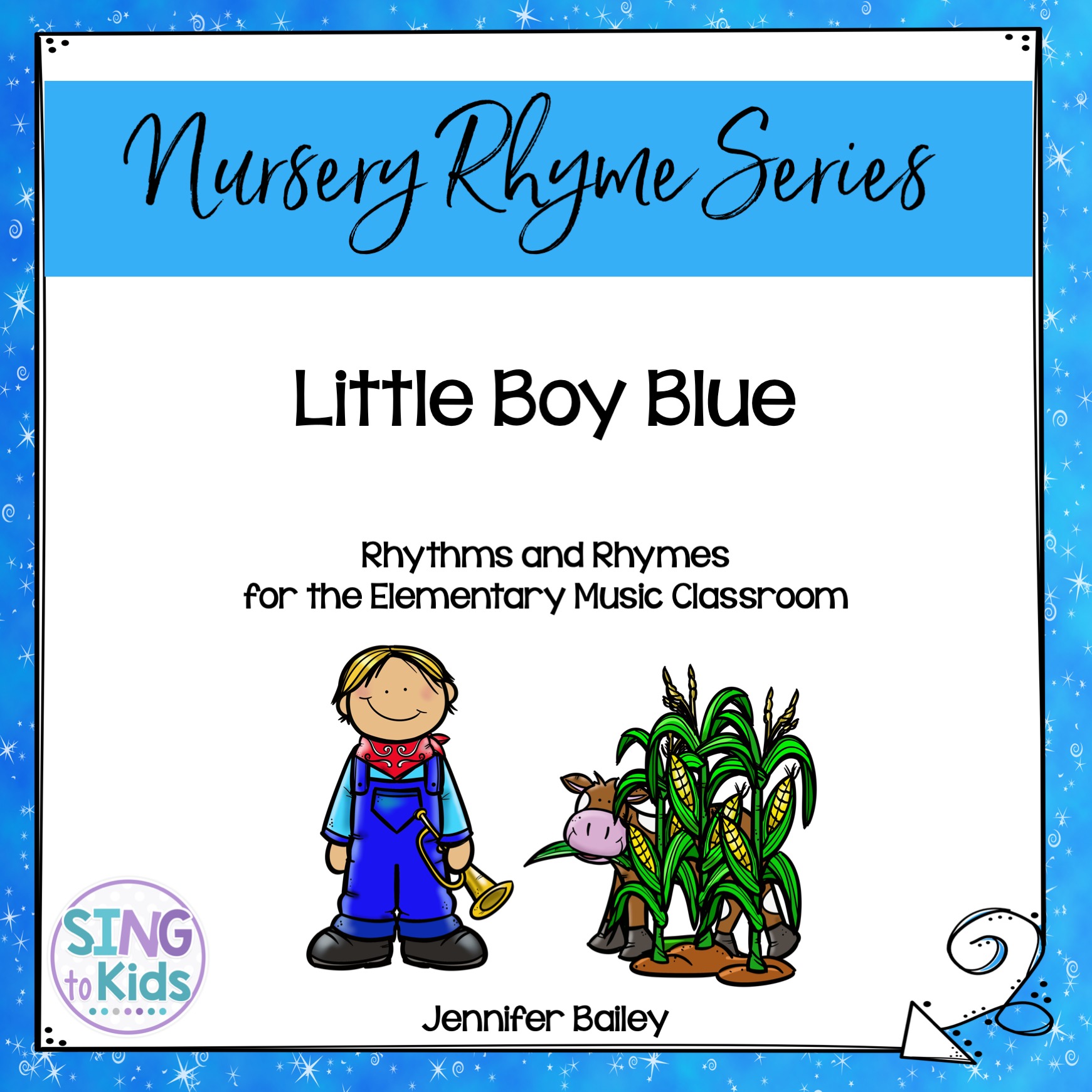
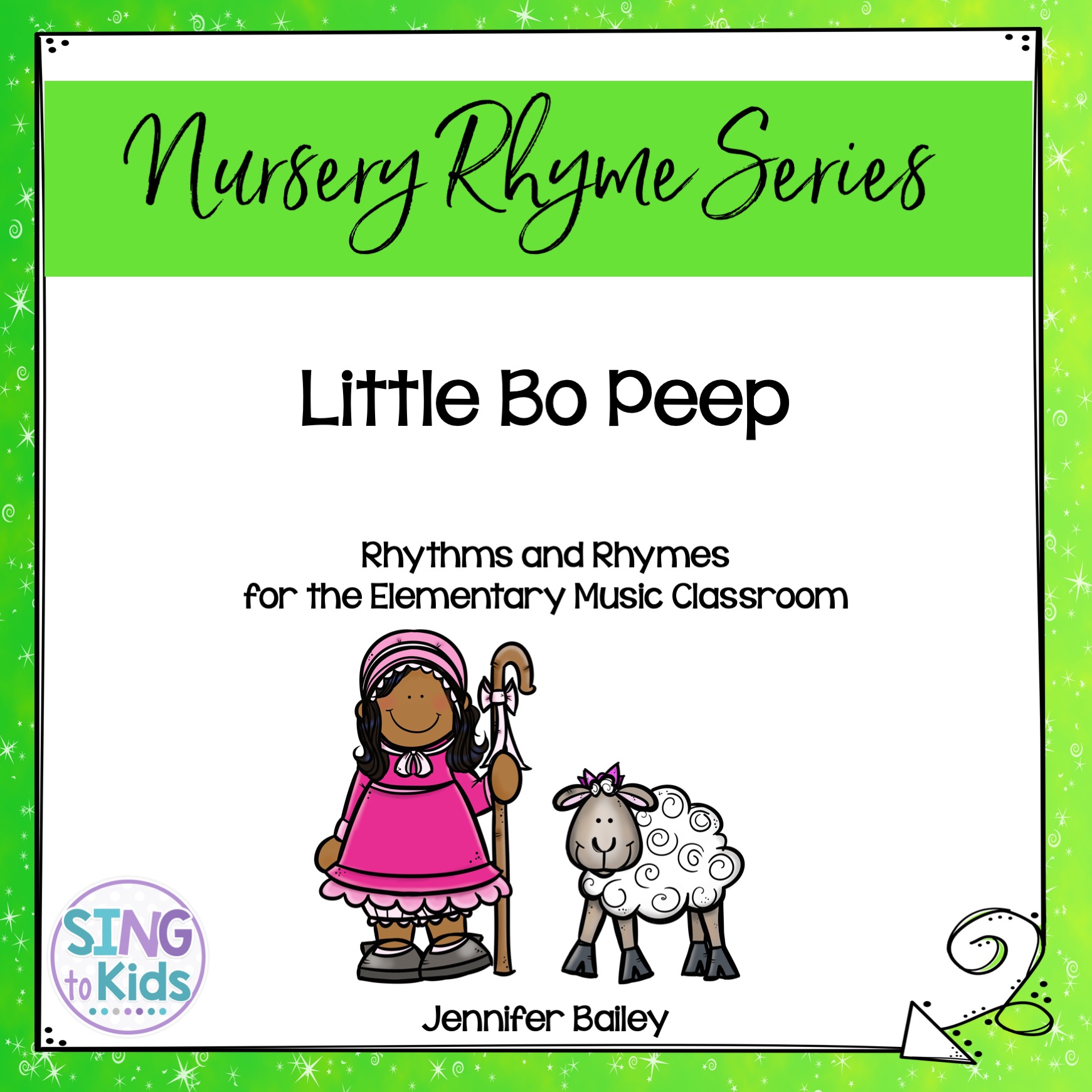
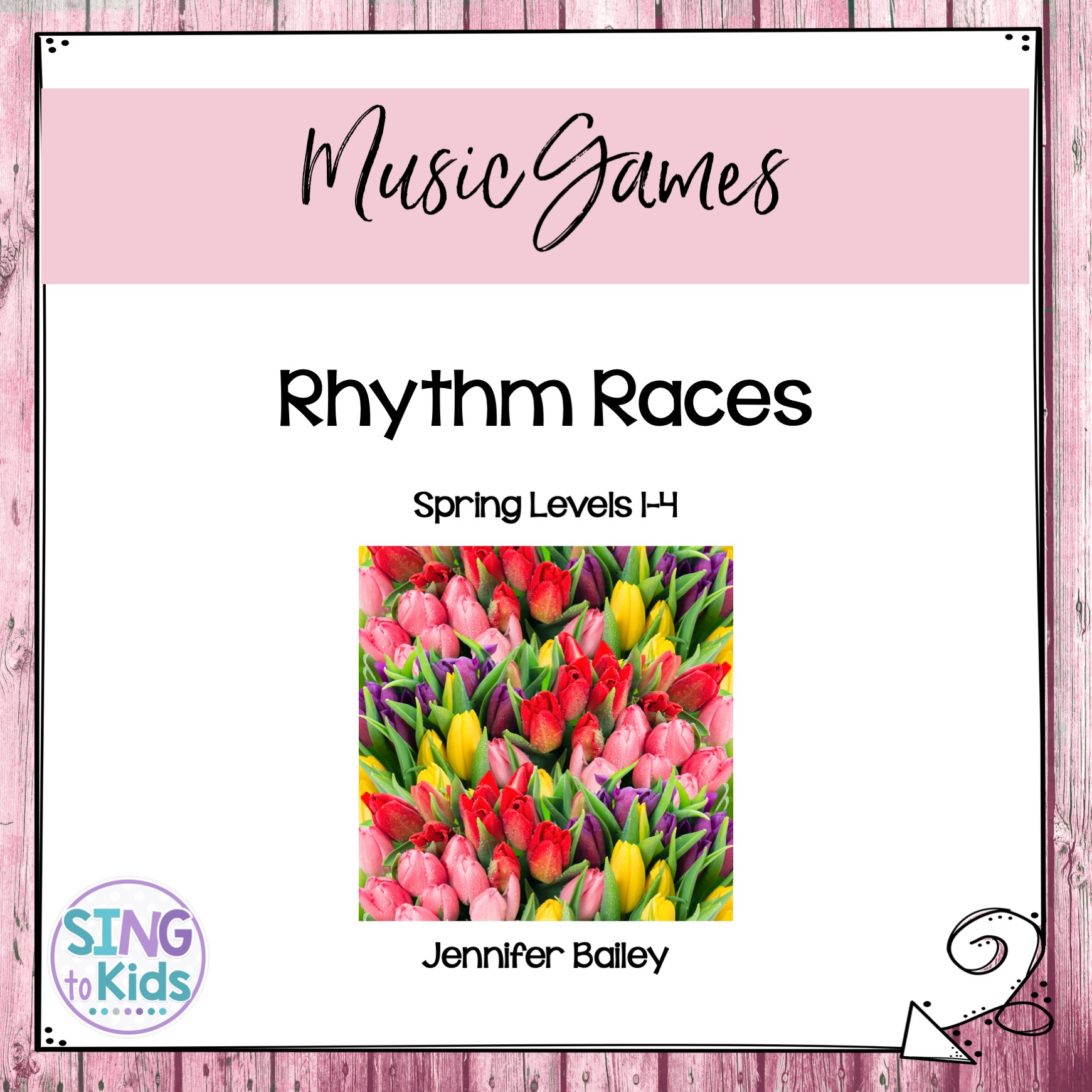
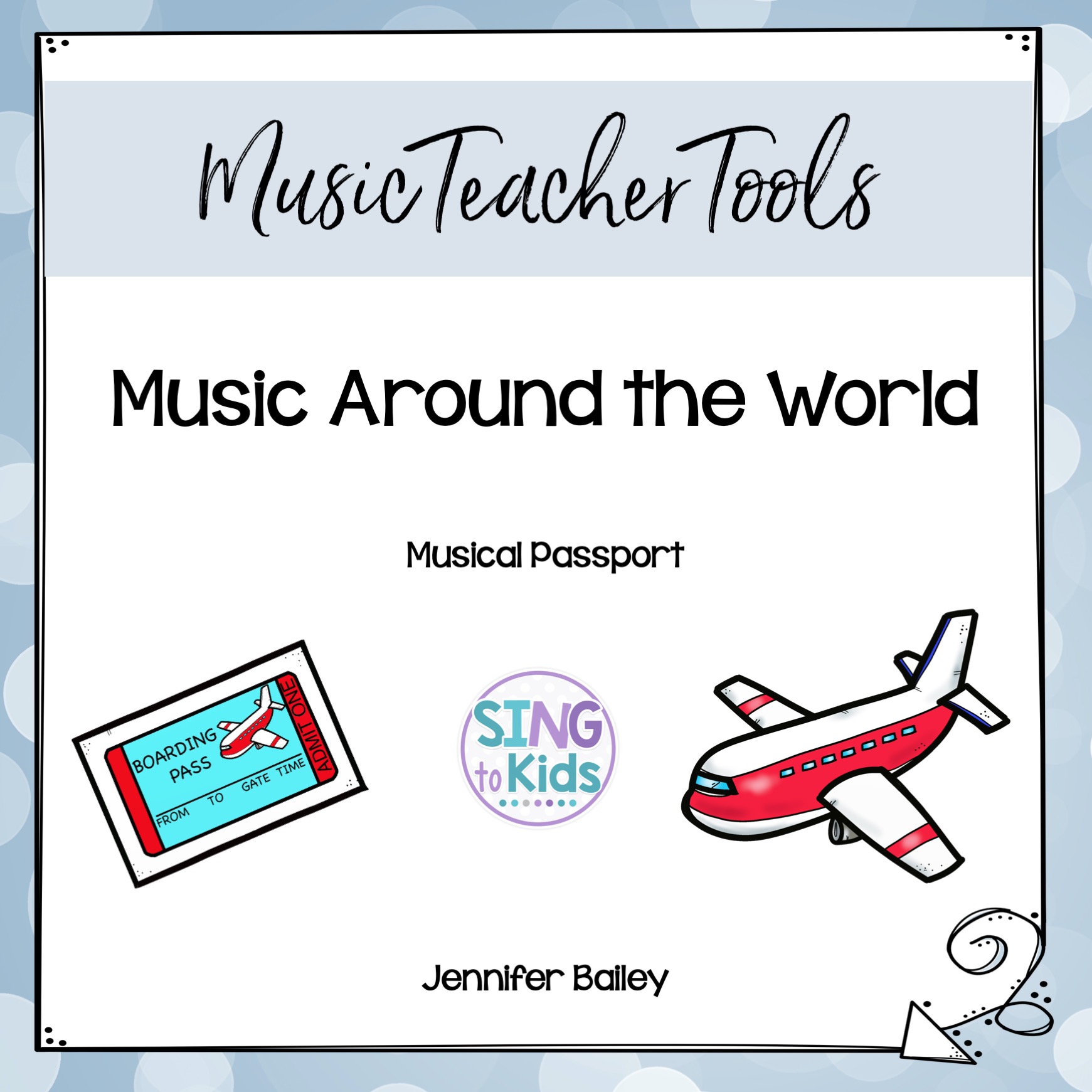
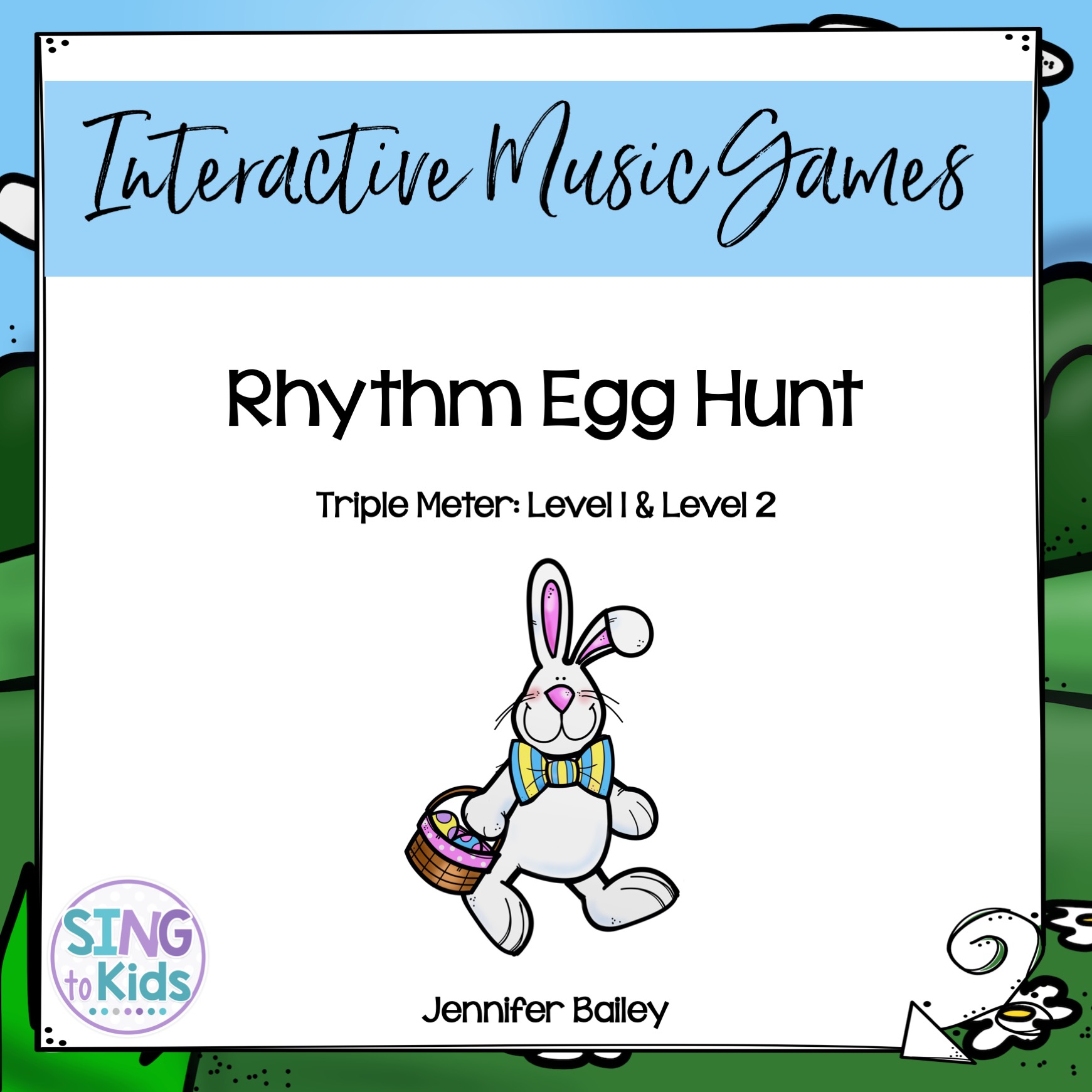
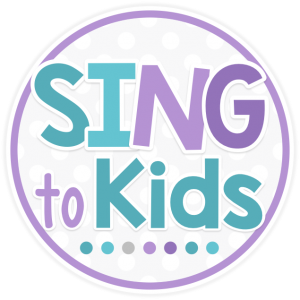
Connect with me!